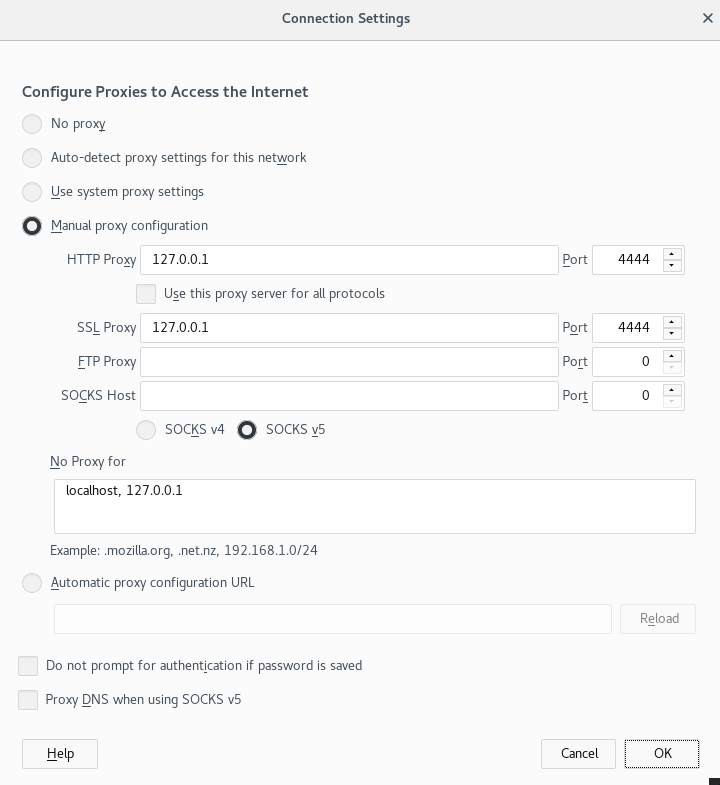



Onion Routing Onion Routing Tor network encrypts data in layers, with all data encoded in as many layers as nodes it passes through. What this means is that it's difficult, or impossible, for any third-party to observe the complete circuit to determine either the source or the destination which is referred to as Garlic Routing. None of the nodes utilized can observe any data, and only the destination node can decrypt the final layer to receive the content. When data is sent over I2P, it is encrypted within layers end-to-end between the source and destination and is transferred via various tunnels. Every device in the network acts as a router, and so I2P is a decentralized network. The network relies on P2P participation to work, creating connections between users, referred to as tunnels, the complexity of which helping to facilitate anonymity. How I2P Works The I2P network can only be accessed using specific software and is written in Java. I2P differs from Tor as, while the latter allows you to browse the Dark Web and the internet anonymously, I2P was developed as self-contained software for the darknet, with a completely different architecture. I2P operates online but is obscured from view unless dedicated software is used. Table of Content: What is I2P? The Invisible Internet Project is a network that focuses on anonymizing users and providing secure internal connections between them. The following guide addresses everything you need to know about I2P and explains how to start using the network. There are other networks that offer more anonymity, and currently one of the most proficient is I2P though it is yet to grow to the popularity of Tor.


 0 kommentar(er)
0 kommentar(er)
